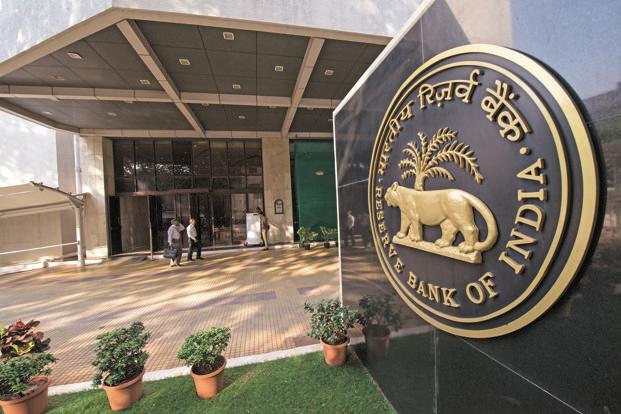On June 7, RBI is going to keep policy rate unchanged when the 6 member MPC headed by RBI Governor Urjit Patel will meet for the second bi-monthly monetary policy statement for 2017-18. Interestingly, the inflation trajectory, foreign reserve and liquidity aspect is rather stable.
From industry quarters there has been a call for rate cut especially after 7.1 % GDP in 2016-17, bit lower from 8% in the previous fiscal. No doubt, lower GDP in the last economic year has been mostly due to the demonetization move in last November. Very recently the World Bank has mentioned that successful demonetization will help India to multiple its revenues in the long run. As far as the weather forecast is concerned, India is expected to have normal monsoon this year. This will definitely help in achieving the stipulated target in food grains and crops estimation. As far as the statistical details obtained, inflation in the country decelerated to 2.99% from 3.89% in March. As far as retail inflation based on Consumer Price Index is concerned, presently it 5.47% which is appreciably lower than last year. No doubt, RBI is keen on achieving CPI inflation of 4% with a marginal fluctuation of 2% amidst growth in several sectors. Apart from the above mentioned clauses, there are other aspects too like El Nino, 7th Pay Commission including additional allowances and global reflation which are vital to RBI’s decision of opting for holding the present rates.
The biggest issue in this regard lies whether RBI is making a gamble with the interest rates or missing a golden opportunity to revamp the Indian economy especially after the much debated demonetization episode. Many economists believe, this is actually the best time to lower interest rates as the Indian market seems neutral to inflationary risks at present. There is no denying the fact that the RBI stance will have strong impact on the share market as well as it will categorically be importance to prices of several stocks.
At present, incoming monsoon season and Goods and Services Tax (GST) hold paramount importance for the Indian market. The transformation from VAT regime to the unilateral GST one is considered to be a game changer for the indirect tax domain in Indian economy. In such a scenario, it would be extremely risky for the RBI to opt for changing the rates. As the price of necessary food items have gone down considerably, the domestic market is also recovering well. Be it infrastructural investment or banking reform or reforms in the labour sector, present market is looking for more monetary inflow in the Indian domain, which certainly marks positivity for Indian economy.
There have been discussions from all quarters regarding the prices of commodities after the implementation of GST. Government authorities have constantly assured that GST doesn’t necessarily imply rise in prices of all commodities or services. GST council is slowly coming up with a consolidated price of commodities. Among them, as of now, it has been decided that India’s national flag will not be taxable in the GST regime. Apart from India’s national flag, khadi yarn and Gandhi topi will also be not taxable along ‘puja samagri’ which includes rudraksh, wooden khadau, panchamrit, tulsi-kanthi mala, panchgavya, sacred thread and vibhuti, chandan tika, non-branded honey integral to all religious ceremonies. The GST Council has already completed the list of goods and services within the tax brackets of 5, 12,18 and 28 percent. Before the July 1 roll out, it is expected that common people will be aware of the tax rates for goods and services along with the exemptions to be offered.
Nevertheless, at present RBI has got more than $60 billion in excess liquidity after demonetization drive. Thus it remains to be seen whether RBI’s decision of holding up the tax rate in the GST regime will be fruitful or not. One can only hope that Indian economy will witness a better marketing scenario in spite of the low growth rate and least loan demand.
